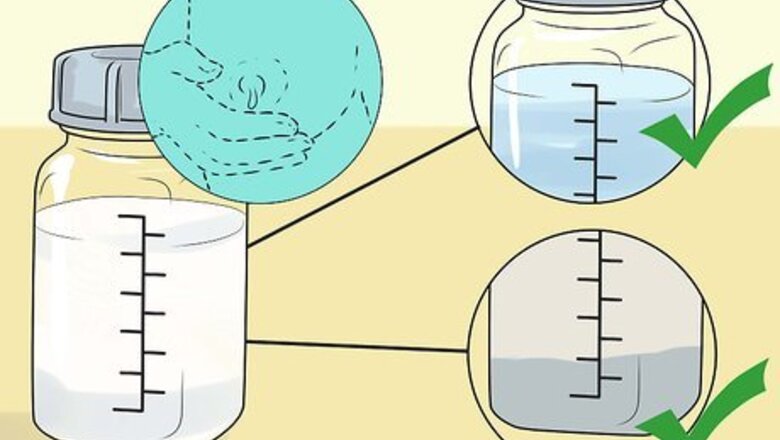
views
Testing for Spoilage
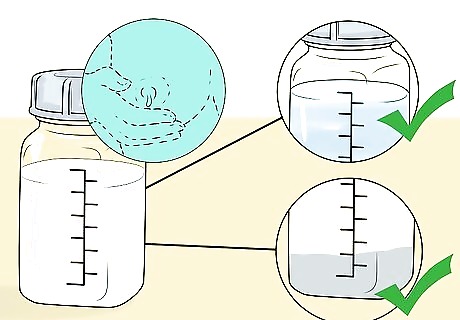
Don’t be afraid of odd colors and textures. It is common for the color and the texture of your milk to change. Much of this reflects the changing dietary needs of your baby. Appearance is no way to judge the freshness of milk . It is common for the color of milk to change during the course of storage or even a single feeding. It is natural for the milk to occasionally have a bluish, greenish, yellowish, or even brownish color. It is also common for it to separate into layer of lighter milk and more dense cream. This is not dangerous, but you should gently swirl it to mix the two together.

Be careful with milk that is three days old. Expressed milk can often last much longer than this, but its shelf life varies considerably depending upon the details of its storage. After three days in the refrigerator, you should smell the milk carefully to verify that it is fresh. Similarly, you should be careful if the milk has been out for three hours without being refrigerated. It is okay to store milk at room temperature from three to six hours depending on how cool the room is. If you are storing milk in an insulated cooler, it is safe to leave it in the cooler for 24 hours.

Test for sour smell. Sour breast milk has the same strong, distinctive smell that sour cow milk has. This is the one and only meaningful way to determine if milk is rancid.

Don’t fret over a metallic or soapy smell. Some mothers will find that their milk will over time develop a soap like or metallic taste if stored. This taste is not a sign of spoilage and most babies do not mind it. If your baby does reject it, try scalding it before storing to halt the development of this smell.
Preventing Spoilage
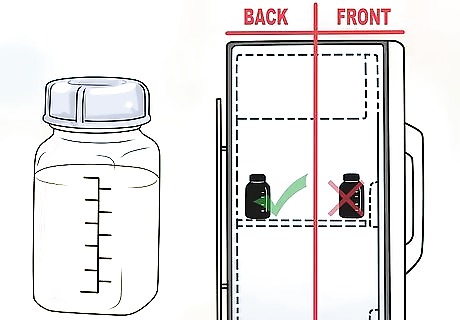
Store in the back of the fringe. Keeping the milk on or near the door will expose it to more heat or temperature fluctuations from the opening and closing of the refrigerator. In the back the milk will be colder and more likely to keep.
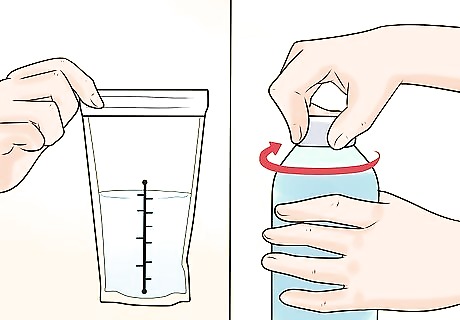
Store in a tightly sealed container. Glass, disposable bottle liners, or “mother’s milk” bags are best. Polypropylene or polybutylene hard plastics are preferable to soft plastic polyethylene bags. It is also important to ensure that other containers in the fridge are closed tightly so that that the milk does not absorb these other odors. A box of baking soda in the refrigerator can help absorb other smells.
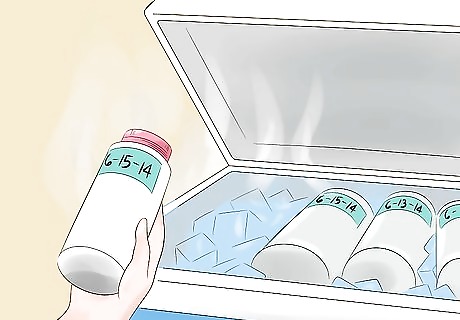
Date containers of milk. Writing the date you expressed the milk on the container can help you make sure you use the older milk first and before it spoils. You can label each container or put all milk from the same week or month together in a bag or box that is labeled.
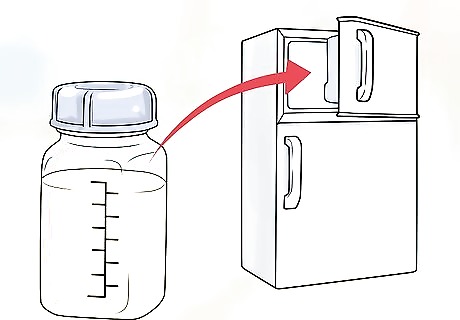
Freeze the milk. If you do not plan to use the milk in five to eight days, you should freeze it. Place it in a tightly sealed container in the back of the freezer. Use within 24 hours after thawing. Depending upon how frequently you open the freezer, your milk can last for anywhere from three months to a year. Do not use a microwave to thaw the milk. Thaw it under warm, running water. Do not bring to boil. It is natural for it to separate into milk and cream while frozen. Swirl it gently to mix these together.

Scald milk with a soapy flavor, if your baby won't drink it. If you find that your milk has a soapy flavor and that this is a problem for your baby, you can try scalding it. Heat to about 180 °F (82.2 °C) (it should show signs of a full bubble, but not a rolling boil). Immediately afterward cool and store the milk. If this flavor does not bother your child, do not scald it. The milk will lose some of its nutrients in the process.

















Comments
0 comment